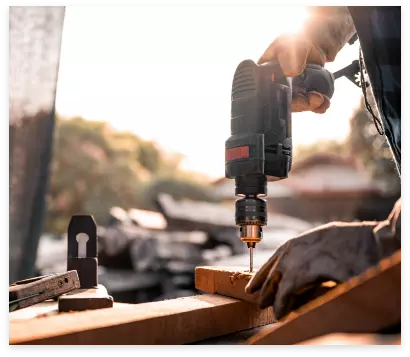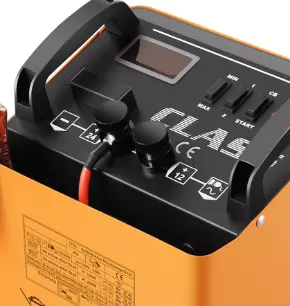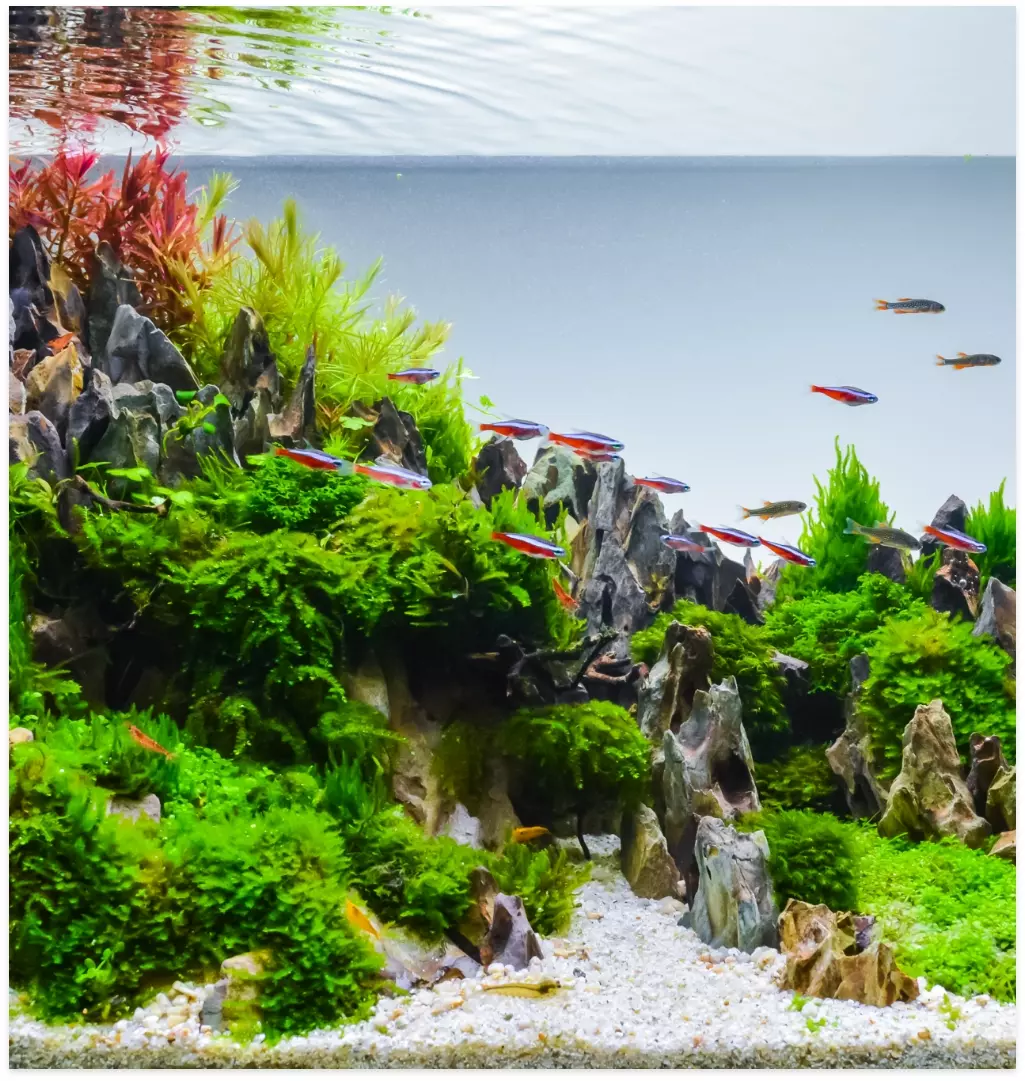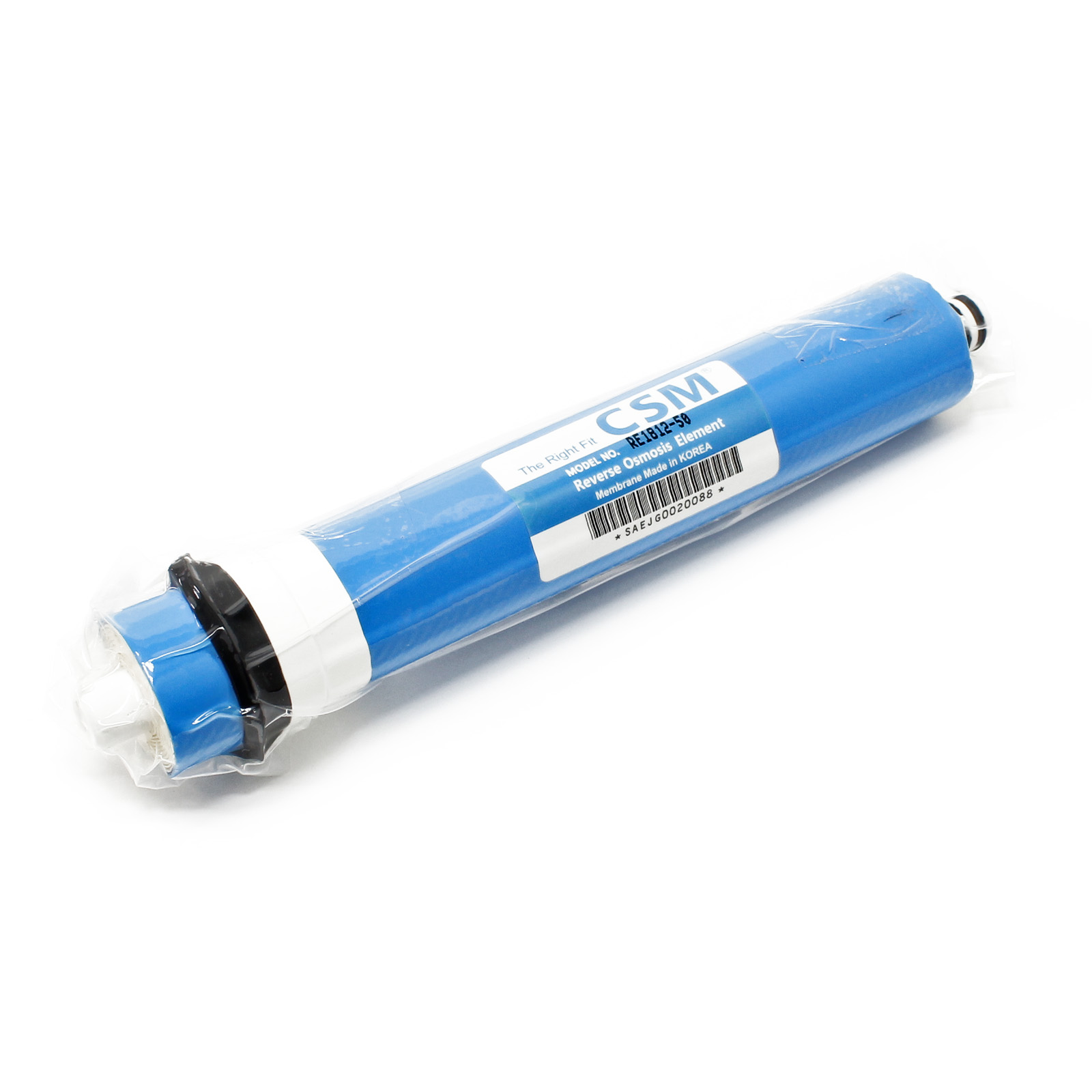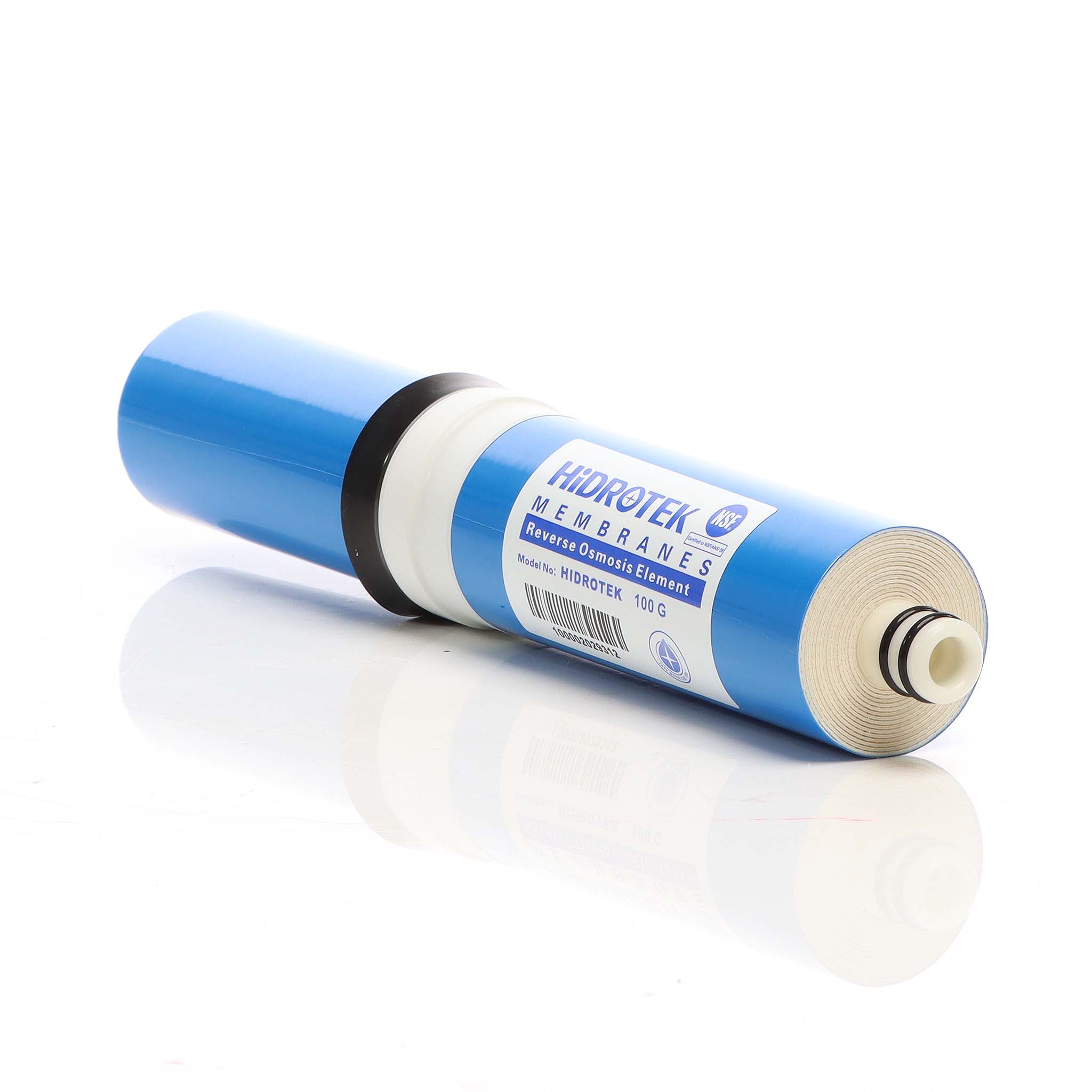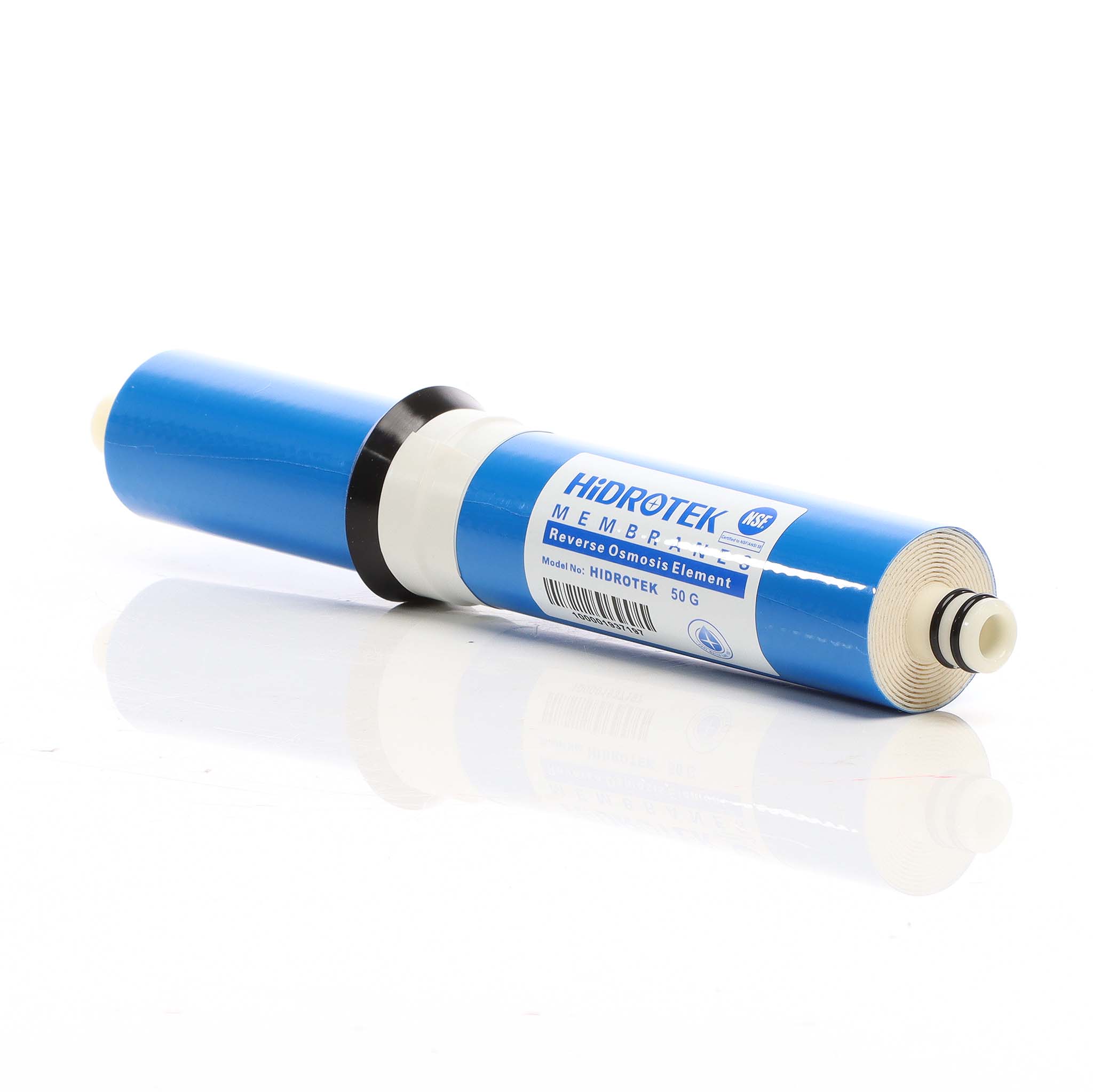Osmosis Cartridges
Available, delivery time: 2 - 3 days
• bis zu 185l/Tag
• 50 GPD
Available, delivery time: 2 - 3 days
• 1500l/day
• 400 GPD
Available, delivery time: 2 - 3 days
• 50 GPD correspond to 190 litres per day
• Removes up to 99 % of noxious substances
• Reduces bacteria and viruses
• Absorbs chemicals
Available, delivery time: 2 - 3 days
• 100 GPD correspond to 380 litres per day
• Removes up to 99 % of noxious substances
• Reduces bacteria and viruses
• Absorbs chemicals
Available, delivery time: 2 - 3 days
• 75 GPD correspond to 285 litres per day
• Removes up to 99 % of noxious substances
• Reduces bacteria and viruses
• Absorbs chemicals
Available, delivery time: 2 - 3 days
• Durchmesser: Ø 62mm
• bis zu 185l/Tag
• 50 GPD
Available, delivery time: 2 - 3 days
• 80 GPD correspond to 300 litres per day
• Removes up to 99 % of noxious substances
• Reduces bacteria and viruses
• Absorbs chemicals
Available, delivery time: 2 - 3 days
• 100 GPD correspond to 380 litres per day
• Removes up to 99 % of noxious substances
• Reduces bacteria and viruses
• Absorbs chemicals
Available, delivery time: 2 - 3 days
• 125 GPD correspond to 475 litres per day
• Removes up to 99 % of noxious substances
• Reduces bacteria and viruses
• Absorbs chemicals
Available, delivery time: 2 - 3 days
• 100 GPD correspond to 380 litres per day
• Removes up to 99 % of noxious substances
• Reduces bacteria and viruses
• Absorbs chemicals
Available, delivery time: 2 - 3 days
• 200 GPD correspond to 760 litres per day
• Removes up to 99 % of noxious substances
• Reduces bacteria and viruses
• Absorbs chemicals
Available, delivery time: 2 - 3 days
• 150 GPD correspond to 570 litres per day
• Removes up to 99 % of noxious substances
• Reduces bacteria and viruses
• Absorbs chemicals
Available, delivery time: 2 - 3 days
• 50 GPD correspond to 190 litres per day
• Removes up to 99 % of noxious substances
• Reduces bacteria and viruses
• Absorbs chemicals
Available, delivery time: 2 - 3 days
• 50 GPD correspond to 190 litres per day
• Removes up to 99 % of noxious substances
• Reduces bacteria and viruses
• Absorbs chemicals
Available, delivery time: 2 - 3 days
• 400 GPD correspond to 1,520 litres per day
• Removes up to 99 % of noxious substances
• Reduces bacteria and viruses
• Absorbs chemicals
Available, delivery time: 2 - 3 days
• 75 GPD correspond to 285 litres per day
• Removes up to 99 % of noxious substances
• Reduces bacteria and viruses
• Absorbs chemicals
Available, delivery time: 2 - 3 days
• 75 GPD correspond to 285 litres per day
• Removes up to 99 % of noxious substances
• Reduces bacteria and viruses
• Absorbs chemicals
Available, delivery time: 2 - 3 days
• 600 GPD correspond to 2,280 litres per day
• Removes up to 99 % of noxious substances
• Reduces bacteria and viruses
• Absorbs chemicals
Currently not available
• 125 GPD correspond to 475 litres per day
• Removes up to 99 % of noxious substances
• Reduces bacteria and viruses
• Absorbs chemicals
Available, delivery time: 2 - 3 days
• 800 GPD correspond to 3,040 litres per day
• Removes up to 99 % of noxious substances
• Reduces bacteria and viruses
• Absorbs chemicals
Available, delivery time: 2 - 3 days
• 50 GPD correspond to 190 litres per day
• Removes up to 99 % of noxious substances
• Reduces bacteria and viruses
• Absorbs chemicals
Currently not available
• 100 GPD correspond to 380 litres per day
• Removes up to 99 % of noxious substances
• Reduces bacteria and viruses
• Absorbs chemicals
Currently not available
• 50 GPD correspond to 190 litres per day
• Removes up to 99 % of noxious substances
• Reduces bacteria and viruses
• Absorbs chemicals
Currently not available
• 75 GPD correspond to 285 litres per day
• Removes up to 99 % of noxious substances
• Reduces bacteria and viruses
• Absorbs chemicals


